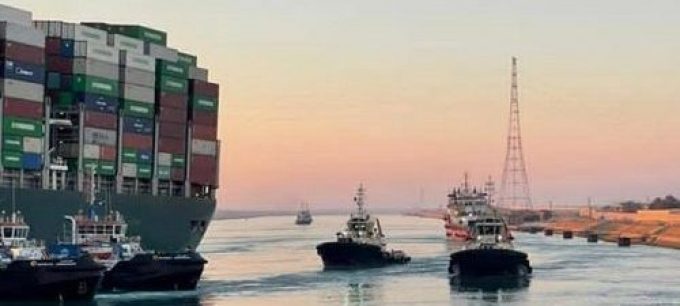Bullish Wan Hai, unfazed by US port fees, reports record profits
Wan Hai Lines GM Tommy Hsieh is positive about achieving higher transpacific contract rates this ...

Transpacific container rates could spike to highs not seen since early 2022, if the Red Sea crisis continues to disrupt liner networks.
Asia-Europe ocean carriers have already announced new FAK (freight all kinds) rates of $6,000 per 40ft or more ahead of Chinese New Year on 11 February, and the rate contagion looks likely to spread to other tradelanes in the coming weeks.
Indeed, Jon Monroe of US-based Jon Monroe Consulting, believes we could be heading ...
Volcanic disruption at Anchorage could hit transpacific airfreight operations
Macron calls for ‘suspension’ – CMA CGM's $20bn US investment in doubt
Forwarders stay cool as US 'liberation day' tariffs threaten 'global trade war'
Shippers snap up airfreight capacity to US ahead of tariff deadline
De minimis exemption on shipments from China to the US will end in May
Tighter EU import requirements proving 'a challenge' for forwarders
Looming Trump tariffs will create 'a bureaucratic monster' for Customs

Comment on this article